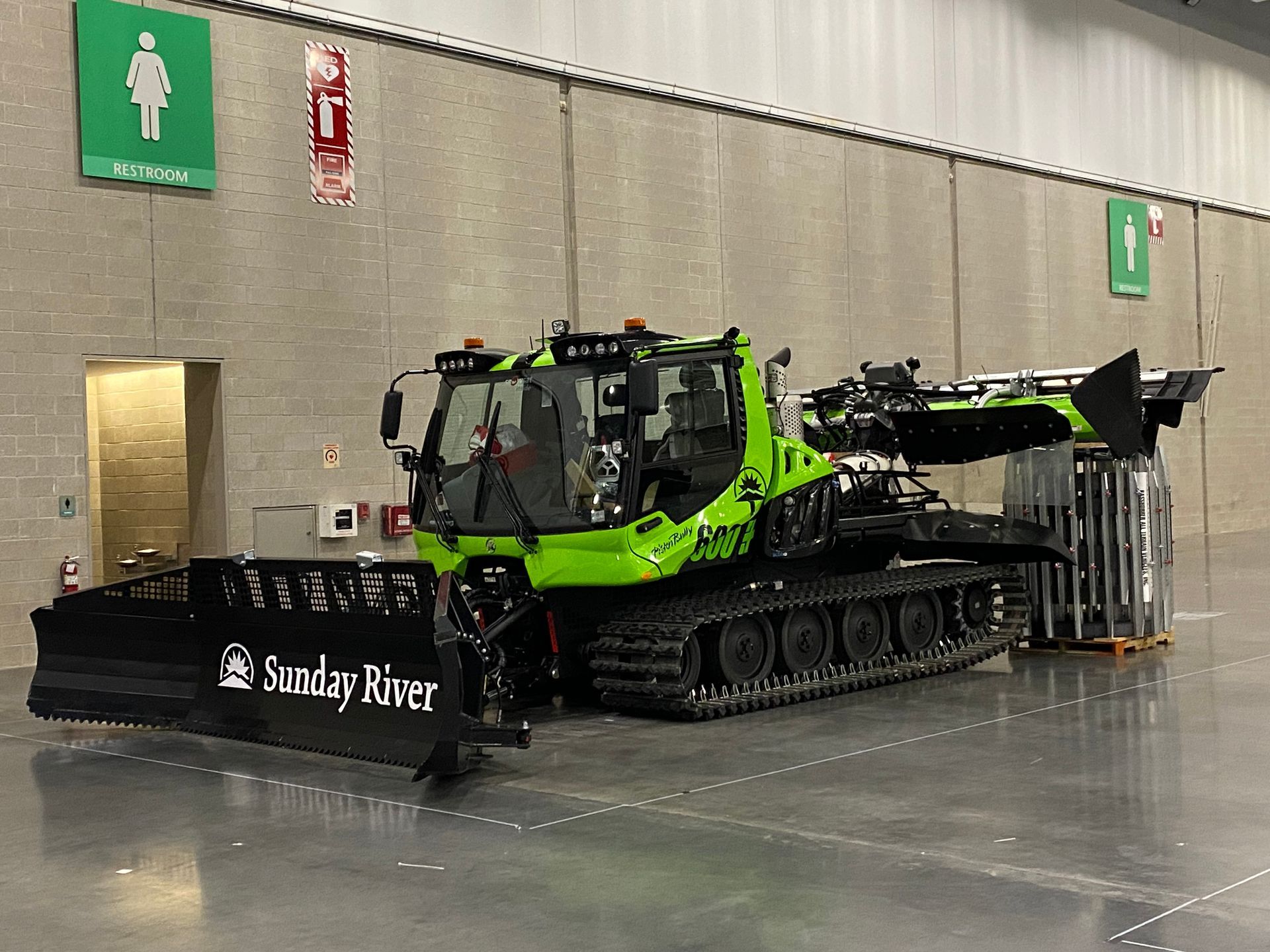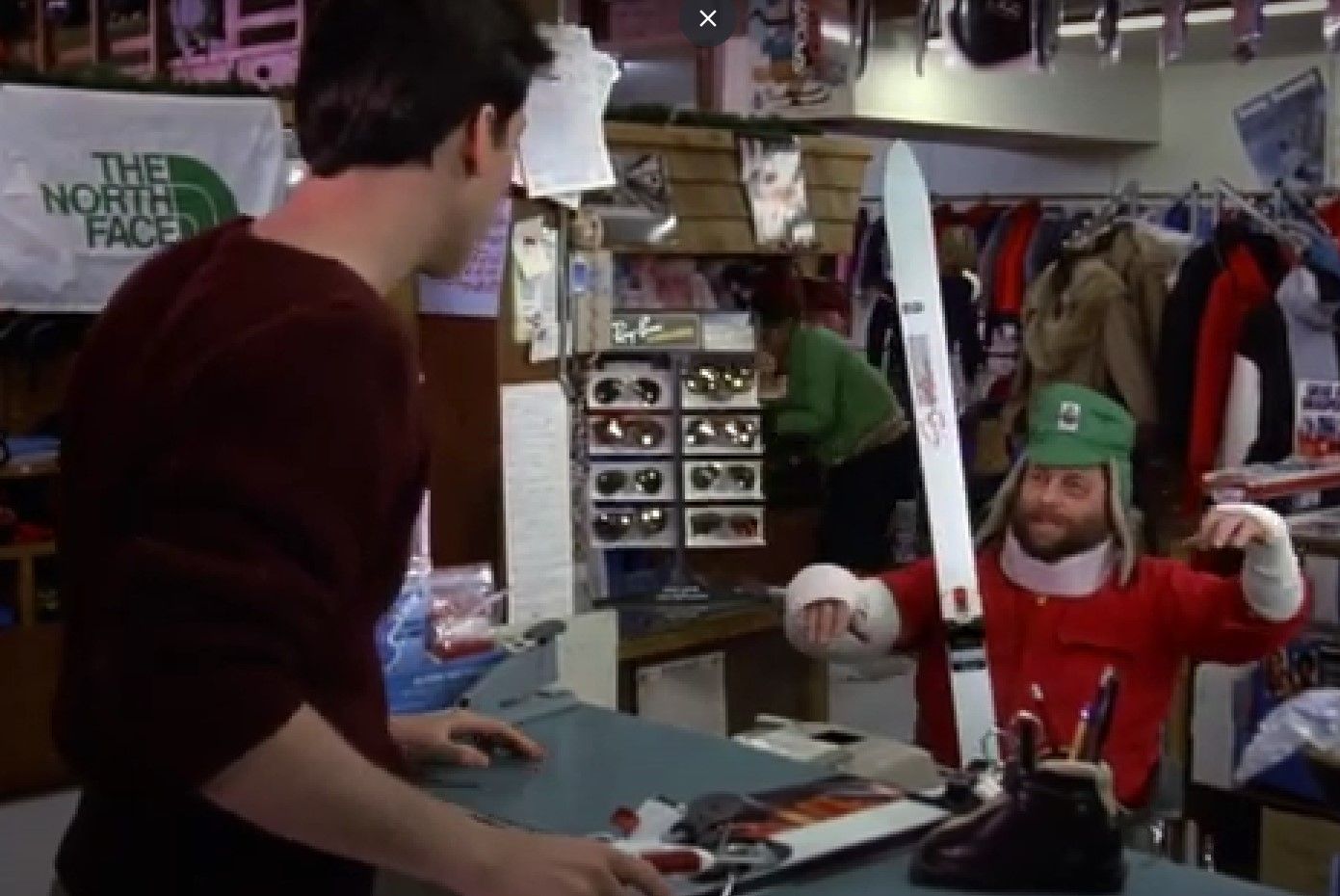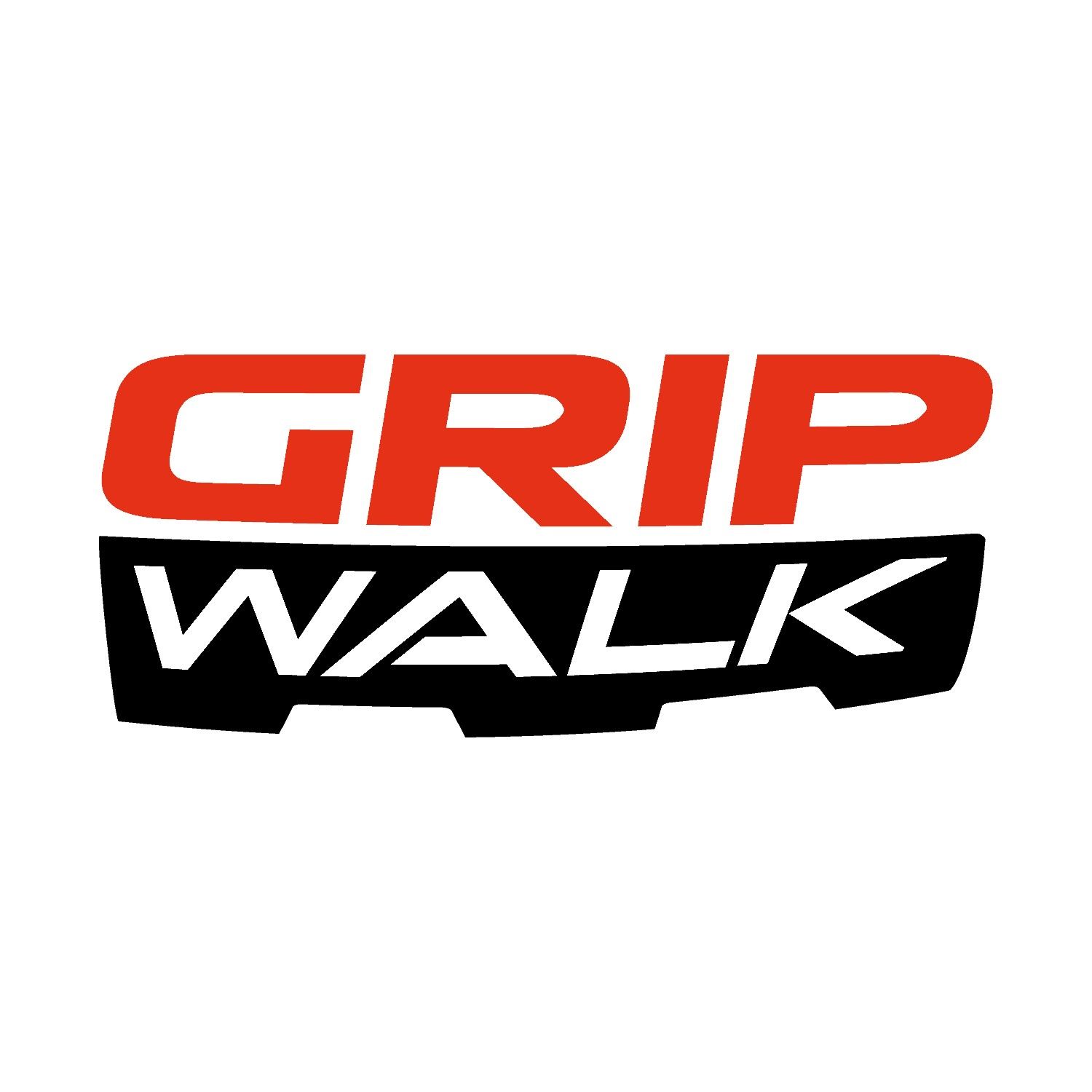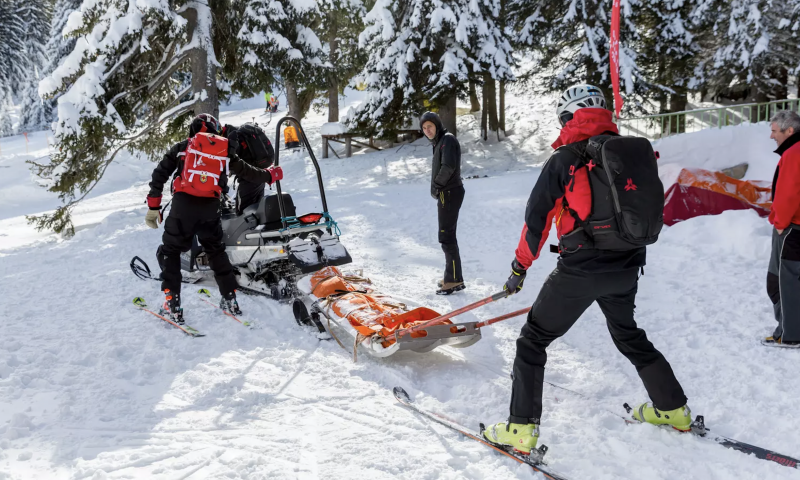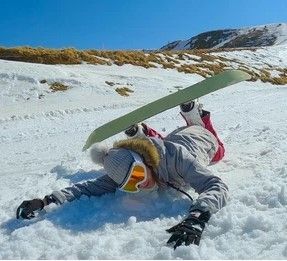What Do You Mean You Can't Adjust My Bindings To My New Boots? (Part 2- What's the "indemnification list"?)
"If it's not on the list, we can't work on it."
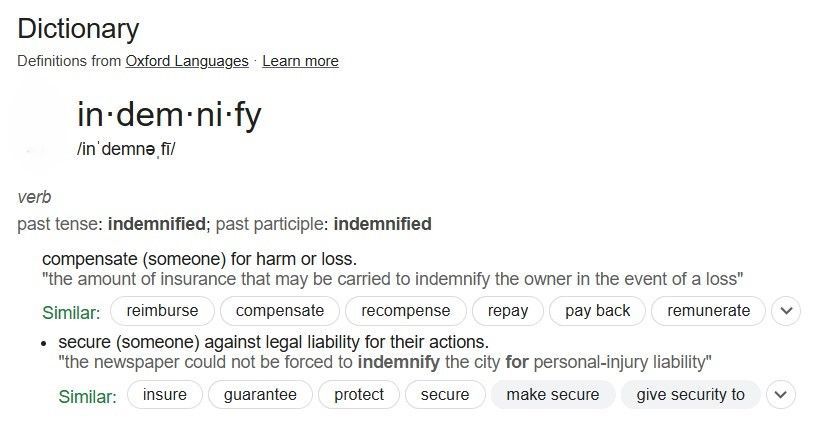
You just bought new boots-
You brought in your skis to have the bindings adjusted and the shop employee informed you that they can't work on your bindings.
...you're puzzled.
You don't think they're that old, and they really don't look old.
You used them last year and there weren't any issues- You had them adjusted and tested, skied them all season, and now, this year, they're not indemnified.
Why?
What's that all about?
Binding manufacturers keep track of every binding they make-
Every model, every color, every screw, every spring... every detail for every year they've ,manufactured bindings.
Every one of those bindings, like all manufactured objects, have a lifecycle.
Some lifecycles are very long, some are not.
Many things can affect the lifecycle; the quality of materials in the supply chain, design, engineering, changes in standards, how they're stored, damage, age...
I'm sure you see where this is going.
Those same manufacturers guarantee that a particular binding model meets industry safety standards. If a binding is indemnified, that means the manufacturer will back its product in terms of both performance and safety. That goes for the skier and the shops that work on those bindings. That's why manufacturers certify the shops who sell and work on their bindings- there's a lot at stake, and they need to maintain due diligence to protect themselves.
THE INDEMNIFICATION LIST:
Every year those same manufacturers send a manual (or securely post it electronically) to the certified shops. Those manuals contain instructions for working on their new models, and any legacy models still certified (indemnified). The manuals have template forms, instructions how to maintain rental fleets using that manufacturers bindings, and a host of other information, including the current list of bindings they still allow shops to work on (the indemnification list). The manufacturers decide (for various reasons) when to remove bindings from the list.
So, there's a list from each manufacturer.
Once a binding is no longer on the list, most shops will stop working on them, because the manufacturers no longer guarantee them (insure them).
Some shops may still work on them if you sign a release form, but those shops assume some level of risk if they do. Even if that risk is minimal, they may need to pay attorneys to defend them, in the case of a lawsuit. Given the litigious nature of our society, less shops decide to allow their staff to work on non-indemnified bindings, every year.
As new standards arise (enter GripWalk), that can complicate things.
In the case of current bindings, that may shorten the lifecycle of bindings/binding standards that existed before the introduction of the new standard.
Long story short you may have a binding that's only a few years old, still works great, and still passes every test for the ISO standard it was created for. Yet, a manufacturer may decide the risk of maintaining indemnification is too great, and remove it from the list.
So, in the case of the newer GripWalk standard, using a boot equipped with GripWalk soles with a binding that isn't compatible with them, creates situations that manufacturers don't want to carry the risk for.
So, those used skis you bought that look like they're in great shape, may very well be worthless, along with the skis you've had, and used, for years.
Once those bindings are off the list, even if you use the correct boots with them, there's no turning back.
Are all boot to binding combinations indemnifiable?
Sure- to different degrees.
But not all boot to binding combinations are compatible, and not all release like alpine bindings do.
One of those combinations, which is growing in popularity, is for ski touring- Ski touring is a hybrid of cross country and alpine skiing, with some combinations being primarily like cross country, and others being a bit more like alpine skiing.
More about that in part 3.
OVERVIEW
CONTACT
E-mail: soulofskiing@gmail.com

